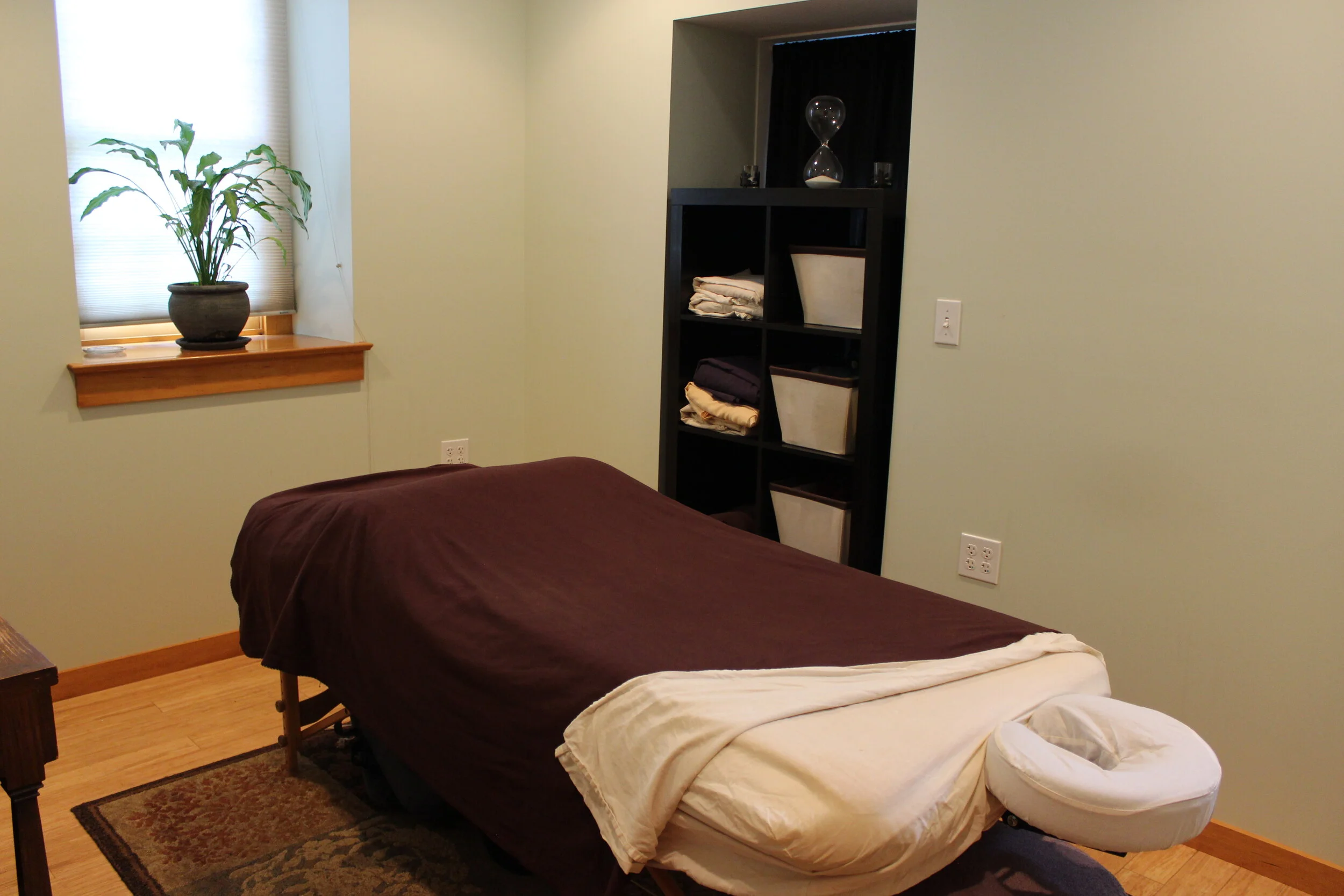Manipulation (Adjustments)
The Adjustment:
At the heart of chiropractic care is the adjustment. An adjustment is a specific application of force used to correct the alignment, motion and or function of a joint. The force must be given with the right amount of pressure in the proper direction at the right time. While it is often done with the doctors hands, adjusting instruments may be used instead.
What Makes LiveWell Integrated Health different than other offices?
In our office, the doctors are trained not only in spinal adjusting, but adjusting the jaw (TMJ), shoulders, elbows, wrists (especially for Carpal Tunnel Syndrome), hands, knees, ankles and feet. Obviously different conditions may require different adjustment methods. The doctors of LiveWell also have extra training in adjusting infants, children and have achieved advanced certification for adjusting pregnant women.
Each patient has individualized needs. While many chiropractors may only use one or two methods of adjusting, the doctors at LiveWell are knowledgeable in multiple techniques. The doctors always try to employ a technique that is effective (gets results) but is also comfortable for that individual.
Some methods of adjusting we use are:
Diversified – the classic chiropractic technique which uses specific manual thrusts focused on restoring normal biomechanical function and remove pressure off of the nervous system.
Drop Table adjustments – The patient lies on a special table with sections that drop down. The chiropractor applies a gentle but quick thrust at the same time the section drops. The dropping of the table allows for a lighter adjustment without the twisting positions that can accompany other techniques.
Activator adjustments – often the gentlest methods of adjusting the spine. The patient lies on the table face down or will remain in a seated position while the chiropractor uses a spring-loaded instrument to perform the adjustment.
Cox Flexion-Distraction – a gentle, non-force adjusting procedure which mixes chiropractic principles with osteopathic principles and utilizes specialized adjusting tables with movable parts. This technique works well with patients that have had past spinal surgeries.
Decompression – A form of chiropractic traction using a device that stretches and releases the spine while the patient lies facedown. Decompression is often times used to treat arthritis, herniated and bulging discs while improving circulation.
Webster Technique – used to correct sacral misalignment and balance pelvic muscles and ligaments which in turn helps to remove torsion to the woman’s uterus, its resulting constraint to the baby, and allows the baby to get into the best position for birth.

